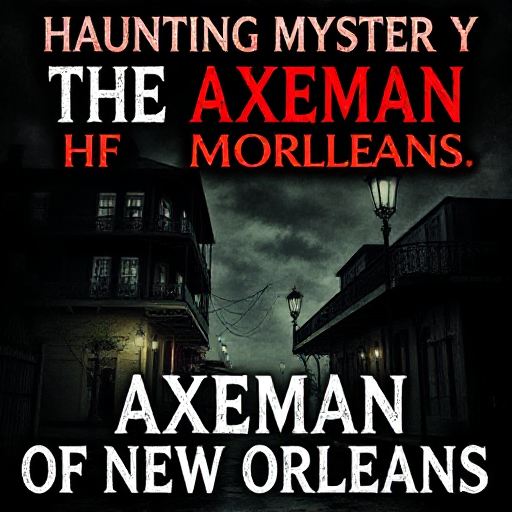In the early 20th century, New Orleans was a city alive with jazz, vibrant culture, and a rich tapestry of history. However, beneath the lively façade lurked a chilling enigma that would grip the city in fear: the unsolved murders attributed to the mysterious Axeman of New Orleans. This tale of terror, intrigue, and unanswered questions continues to captivate those who delve into its dark depths.
The Emergence of Fear
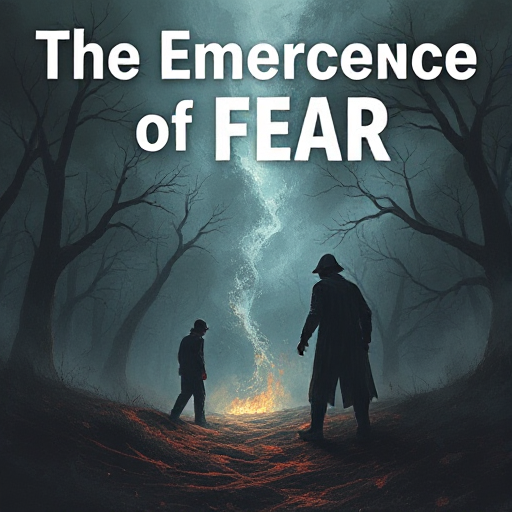
The Axeman’s reign of terror began in May 1918, when the first known victim, Joseph Maggio, and his wife, Catherine, were brutally attacked in their home. The couple was found with their throats slashed and their bodies mutilated, leaving investigators baffled. The crime scene revealed no signs of forced entry, leading police to suspect that the killer was familiar with the victims.
Just a few months later, the Axeman struck again. In June 1918, the bodies of another couple, the Levens, were discovered in a similar gruesome manner. The pattern was alarming: the killer chose victims who were often Italian immigrants or associated with the local Italian community. As the attacks continued, fear spread throughout New Orleans, with residents locking their doors and avoiding the streets at night.
The Letters That Terrified a City
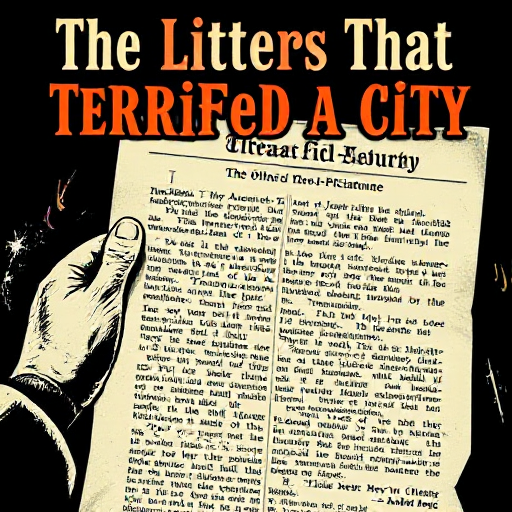
As the Axeman’s notoriety grew, so did his boldness. In March 1919, he sent a letter to the New Orleans Times-Picayune, declaring his love for jazz music and announcing that he would strike again on the night of March 19. The letter was a chilling blend of arrogance and menace, as he urged residents to play jazz music to appease him. Those who complied would be spared; those who did not would face his wrath.
The letter read:
“I am very fond of jazz music, and I swear by all the devils in the nether regions that every person shall be spared whose home is adorned with a jazz band in full swing.”
This bizarre demand sent shockwaves through the city. Jazz clubs and homes erupted with music that night, as terrified residents hoped to placate the elusive killer. However, the Axeman did not strike that evening, leaving many to wonder if he had been watching them, reveling in the chaos he had created.
A Pattern of Violence
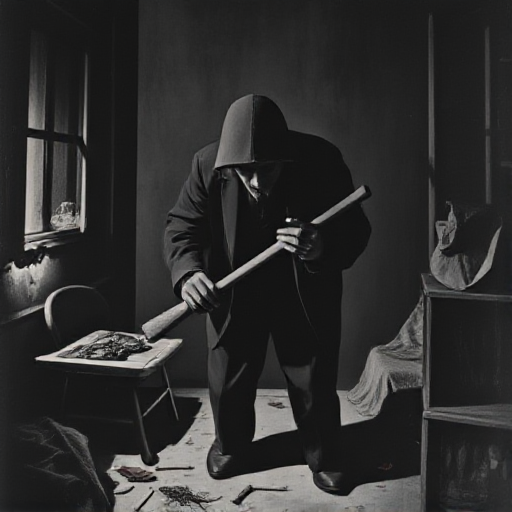
Over the next year, the Axeman claimed several more victims, including the brutal murders of the Cortimiglia family in August 1918 and the attack on a young woman named Sarah Lavergne. Each crime followed a similar pattern: the victims were attacked in their homes, often while they slept, and the killer used an axe or a hatchet to carry out his gruesome acts.
The police struggled to make sense of the attacks. The Axeman seemed to have a specific target, preying on members of the Italian community, which led to rampant speculation and fear. Many believed the murders were linked to organized crime, while others thought it was the work of a deranged individual. As the body count rose, so did the tension in the city.
The Investigations
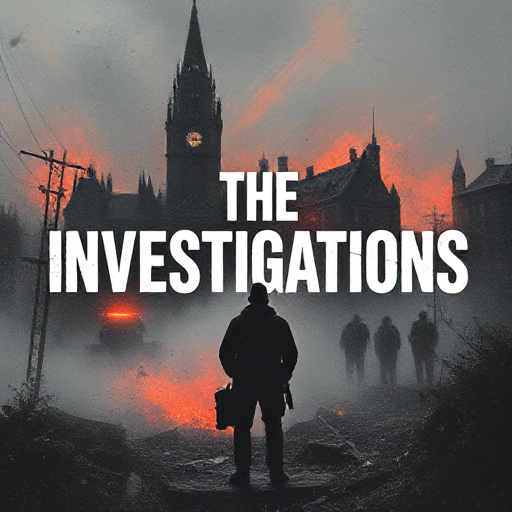
Detectives worked tirelessly to uncover the identity of the Axeman. They interviewed countless witnesses, followed leads, and examined crime scenes, but the killer remained elusive. As the investigation progressed, several suspects emerged, but none could be definitively linked to the crimes.
One prominent theory suggested that the Axeman was a member of the Italian mafia, seeking revenge against rival families. Another theory posited that the killer was a disgruntled former employee of a local business, targeting those he felt had wronged him. Despite the various theories, the police were unable to make any arrests, and the case grew colder.
The Final Attack

The Axeman’s last known attack occurred in October 1919, when he brutally assaulted a woman named Mary Sweeney. Miraculously, Sweeney survived the attack and provided police with a description of her assailant. However, despite her testimony, the investigation continued to stall.
After the attack on Sweeney, the Axeman seemingly vanished, leaving the city in a state of uncertainty. The murders had stopped, but the fear lingered. Residents were left to wonder if the killer had moved on or if he was still lurking in the shadows, waiting for the right moment to strike again.
A Legacy of Fear
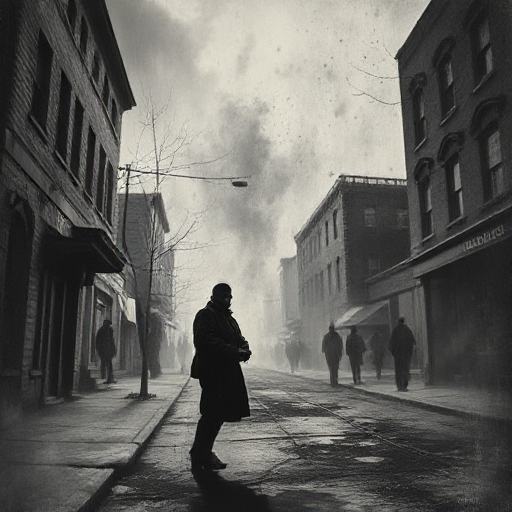
The Axeman of New Orleans became a figure of legend, his story woven into the fabric of the city’s history. The fear he instilled in the community persisted long after the last attack. Jazz music, once a source of joy, became a haunting reminder of the terror that had gripped the city.
In the years that followed, numerous theories and speculations emerged about the Axeman’s identity. Books, documentaries, and even fictional portrayals explored the mystery, each adding layers to the already complex narrative. The legend of the Axeman continued to grow, captivating the imaginations of those who sought to uncover the truth behind the gruesome murders.
Theories and Suspects
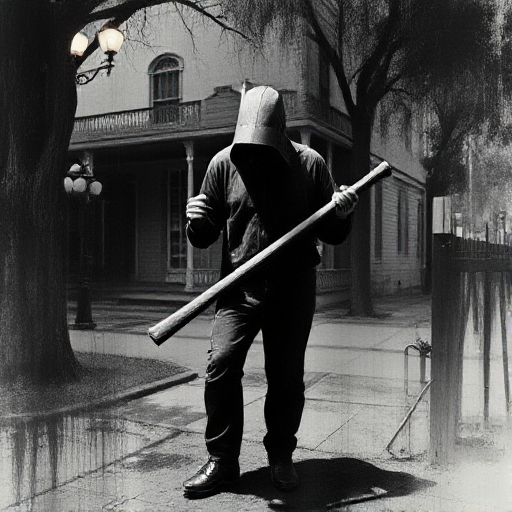
Over the decades, several suspects have been proposed as the potential identity of the Axeman. Some believed he was a local butcher, while others speculated that he was a transient who had come to New Orleans seeking anonymity. However, no definitive evidence has ever surfaced to confirm any of these theories.
One popular theory suggests that the Axeman was actually a woman, perhaps a jilted lover or a scorned wife seeking revenge. This theory gained traction due to the fact that many of the victims were involved in extramarital affairs or had tumultuous relationships. However, like all the other theories, this one remains speculative.
The Enduring Mystery
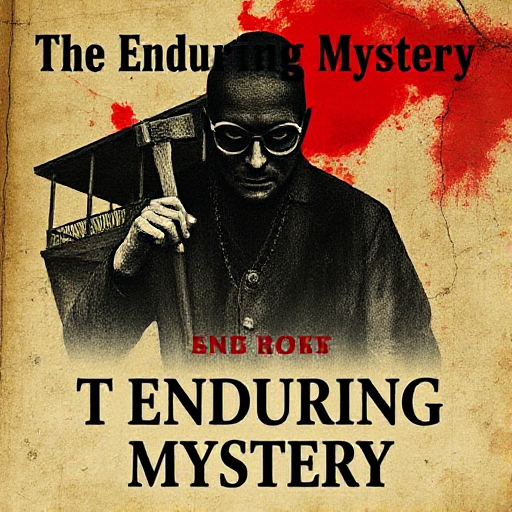
Despite extensive investigations and countless theories, the true identity of the Axeman of New Orleans remains a mystery. The case has become a symbol of the unknown, a reminder of the darkness that can lurk beneath the surface of society. The murders have inspired countless works of fiction, including films, novels, and even operas, each exploring the chilling narrative of the Axeman.
In recent years, renewed interest in cold cases has led to a resurgence of interest in the Axeman’s story. Historians, true crime enthusiasts, and amateur sleuths have delved into the archives, searching for clues that could finally crack the case. However, despite modern advancements in forensic science, the Axeman’s identity remains shrouded in mystery.
Conclusion
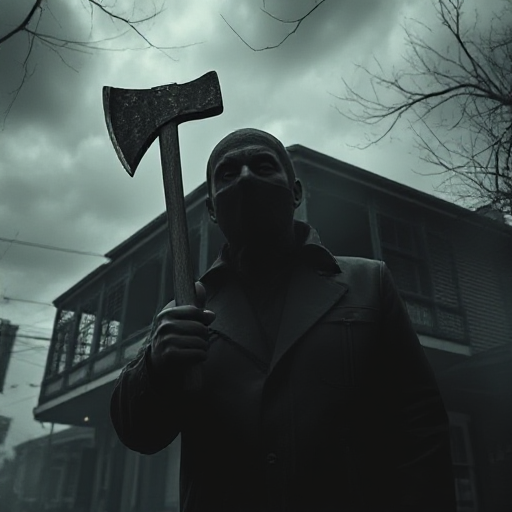
The haunting story of the Axeman of New Orleans serves as a chilling reminder of the fragility of life and the darkness that can exist within communities. As we explore this captivating tale, we invite you to follow our website for more intriguing stories that delve into the mysteries of the past. Join us as we uncover the truth behind America’s most enigmatic unsolved cases and honor the lives of those affected by violence.
Let us remember the victims of the Axeman and the families left in the wake of his terror. Their stories deserve to be told, and their memories must not be forgotten. The legacy of the Axeman serves as a reminder of the importance of seeking justice for those who have suffered.
As we reflect on this chilling tale, we encourage our readers to engage with the ongoing conversation surrounding unsolved mysteries and the impact they have on our understanding of society. Follow our website for more stories that unravel the complexities of human nature, the allure of crime, and the chilling realities that often lie beneath the surface.


